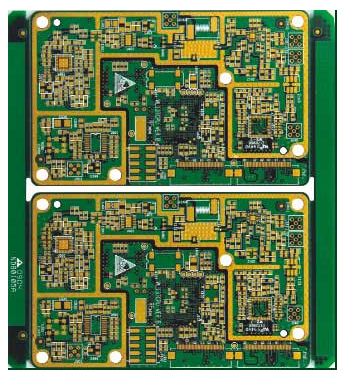The most common quality inspection in PCBA processing
1. PCBA material testing
Material inspection is IQC. The inspection of raw materials is a primary link to ensure processing quality and is the basis for the smooth progress of SMT patch processing.
1. Incoming material inspection
Check whether the specifications, models, causes, product specifications, values, appearance and size of electronic components and other raw materials are the same as the BOM list provided by the customer to ensure that the raw materials meet the customer's requirements. There is also integrated chip testing. The size, spacing, packaging and pin pins of the integrated chip all require QC testing.
2. Upper tin inspection
Conduct tinning detection on IC pins and electronic components raw materials to detect whether they are oxidized and the raw materials eat tin.

3. PCB board inspection
The quality of the PCB board determines the quality of the PCB product, otherwise false soldering, empty soldering and floating will occur. Therefore, it is necessary to detect whether the PCB board is deformed, flying lines, scratches, line damage, and whether the appearance is flat.
4. PCB board eating tin detection
Moisture affects the tin-eating rate of the PCB board. If the tin-eating rate is not good, it will cause the spot welding to not be round.
5. Buried hole detection
The size of the buried hole position diameter is determined according to the size of the electronic component. If it is too small or too large, the electronic component cannot be electronic or fall off.
2. Soldering paste inspection
The soldering paste used in PCBA processing comes from a professional supplier. The soldering paste adopts the "first-in first-out" standard during the whole process of use, that is, the first one is purchased, the first one is used. The ambient temperature of solder paste storage is usually between 0°C and 10°C, with a fluctuation of 1°C. The solder paste needs to be thawed before use, usually around 4 hours at room temperature. It needs to be marked for use, and the rest needs to be recycled. However, the second time of recycling needs to be recycled to the supplier for processing to avoid environmental pollution. Before using the soldering paste, use an automatic stirring device to stir for 5 minutes to prevent air from entering the solder and causing bubbles.
3. Steel net and scraper control
The size of the steel mesh is usually 37cm*47cm, with a bearing capacity of 50~60MP, and a tensioner is usually used for bearing capacity testing. The storage environment temperature of the steel mesh is best controlled at 25 degree Celsius, and the edges of the steel mesh are rubber edges. If the temperature is too high, it will become brittle and cause damage to the steel mesh. The squeegee is working at a 45 degree angle, and usually the stencil squeegee can be damaged if it is used 20,000 times. Because the thickness of the stencil will become smaller, it will damage the bearing capacity of the stencil and cause incomplete tin scraping.
4. Smt placement machine adjustment and first QC
Adjust the coordinates of the automatic placement machine according to the coordinate files such as the BOM, template and ECN file provided by the customer to ensure accurate measurement and accurate placement. It is to carry out the QC inspection of the first sample patch, and the product quality inspection staff detects whether the patch is missing, the patch is flying, the location of the patch and the accuracy of the patch, etc. Confirm the accuracy before proceeding to mass production.
5. Reflow soldering control and secondary QC
The temperature setting of the reflow oven needs to be set in different curves according to the material of the PCBA board, such as a single-layer board, a 2-layer board, a 4-layer board, or an aluminum substrate. In addition, PCBA processing furnace is the clearance, position and components of the controller. At this time, the first sample of the reflow oven will be tested by QC to ensure that the tin is not melted, the electronic components are yellow, and the solder is not empty. After confirmation, mass production is carried out. This test requires an AOI test to check whether the monument is erected or not.
6. Three QC inspections
This inspection is a QA inspection by the Quality Control Department. The quality control department needs to sample the PCBA finished products to ensure that they are packaged and delivered after they are qualified.